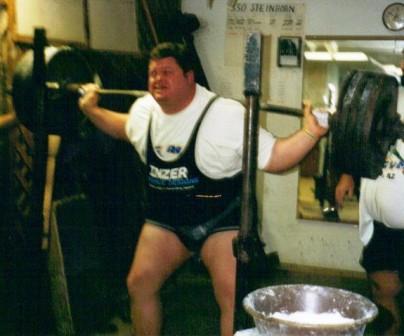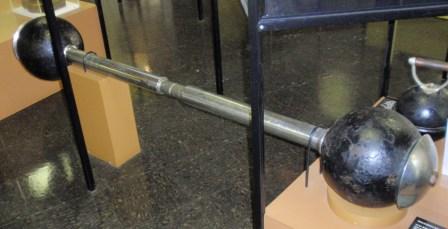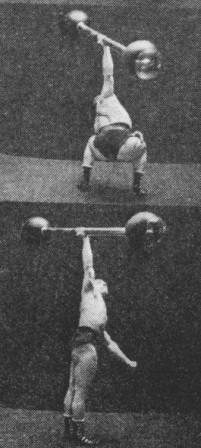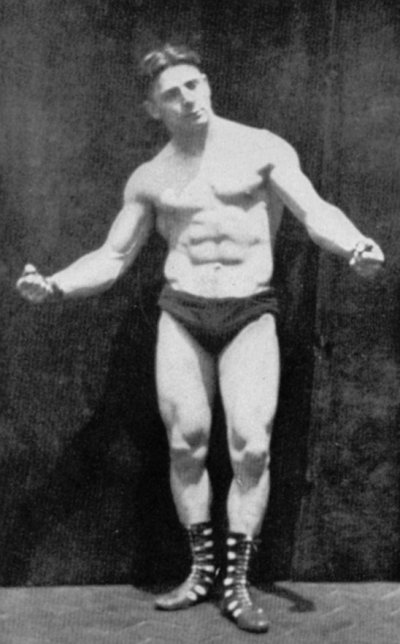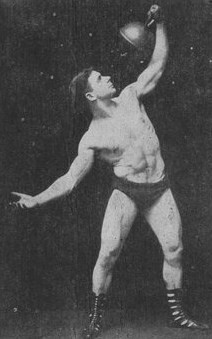by Al Myers
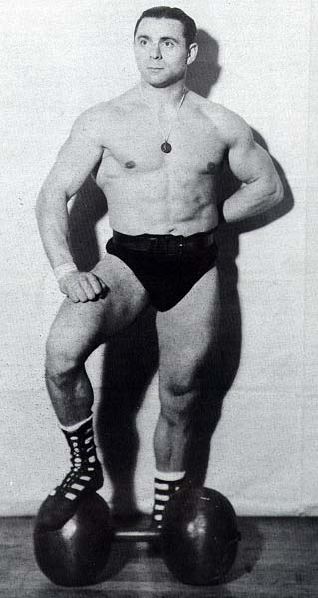
Sig Klein was one of the prominent Physical Culturists in the United States in the early 1900's.
Yesterday’s story of Thom climbing the mountain in Scotland got me thinking. First – Why would Thom do something like that? Thom is a guy with no experience in mountain climbing. He took no gear and items that may be needed for survival. He is obviously not built like a professional hiker. And top of all this – he took on this formidable adventure by himself!!
Well, the answer “crazy” first comes to mind.
But truthfully, I understand why he did this. It is all about seeing the physical challenge in front of you, setting a goal, and then having the mindset to make it happen. You “trust” that your training will carry over and allow your body to be able to “rise to the occasion” and achieve whatever physical obstacle you may encounter. You have confidence in your body that it will not let you down.
I have been doing a lot of reading lately about Old Time Strongmen and one term that is always brought up is the term “Physical Culturist”. Just what does this mean? Physical culture is more than weightlifting, more than running or walking, more than being able to throw a hammer far, and more than being able to pick up a big stone. It is the combination of all of the above – plus living a lifestyle that allows the body and mind to grow and develop both physically, mentally and spiritually. This sums up Thom Van Vleck. Thom living the life of a Physical Culturist prepared him for this challenge.
The Old Time Strongmen knew something about training that modern day weightlifters have forgotten. The Oldtime Strongmen’s training focus was based on not only developing strength, but maintaining good health and fitness. Today, everyone has to specialize in order to excel in any type of lifting – whether that be Olympic Lifting, Powerlifting or Bodybuilding. I understand that. But much is lost and sacrificed in order to achieve a high level of performance in these specific lifting sports. Living the life of a Physical Culturist requires one’s training to be well-rounded. I have been there and made those mistakes myself. When I was heavy into powerlifting and could Bench Press over 500 pounds I thought I was strong. But take me outside of my comfort zone of pressing a weight while lying on a bench, I found that other things suffered. At that point in time I couldn’t even play softball with my daughters because my shoulders were to tight to throw a ball. My cardio fitness was very poor – just walking short distances would tire me out. After all, I didn’t want to do any other training on my legs besides squats because I feared it might adversely affect my recovery time and my squat wouldn’t improve. My flexibility was terrible. I had trouble bending over and tying my shoes. I could deadlift over 750 pounds, but I knew that I couldn’t spend the day picking up rocks in a plowed field all day long like I could when I was a kid. My health was suffering. I was weighing close to 300 pounds (more than my frame could take) and was starting to have problems with high blood pressure. Gaining body weight was always the answer when I would hit lifting plateaus. I had become a prisoner to my own training.
These things are what lead me to All-Round Weightlifting. I want my training to be more than just about strength. I want to live the life of a Physical Culturist, just like the Old Time Strongmen did. Now I go on ten mile bike rides with my wife. I spend time playing catch with my daughters. When I go hunting, I can walk all day long now and not get tired. I have lost about 50 pounds body weight and my blood pressure is under control. My approach to training has changed completely – thanks to All-Round Weightlifting!!
